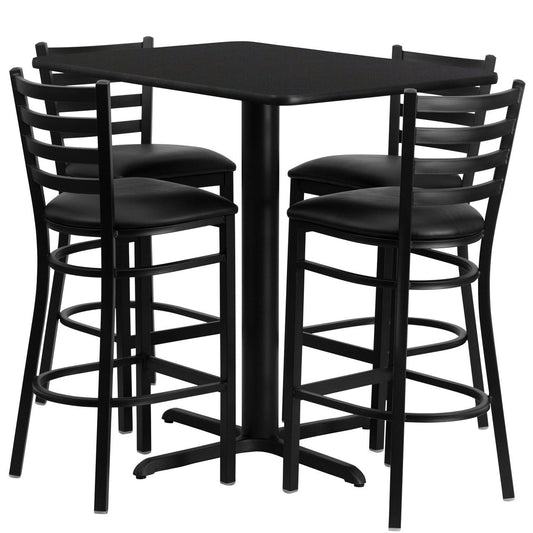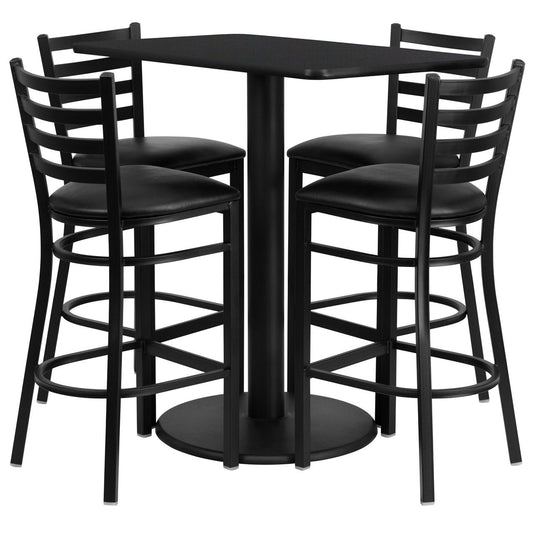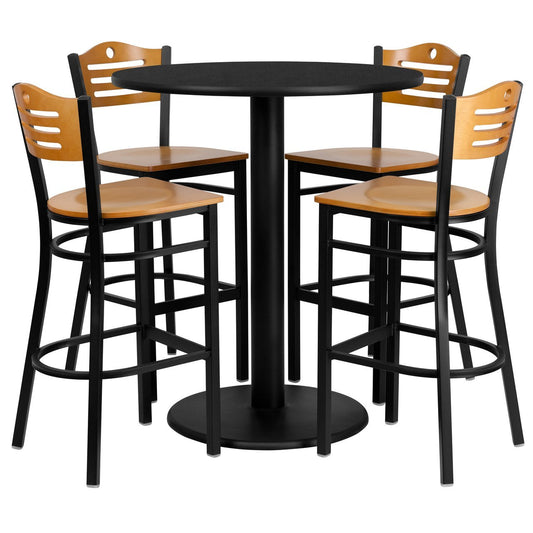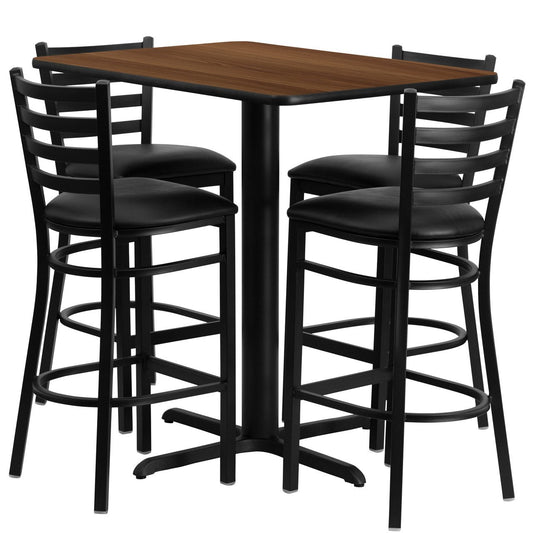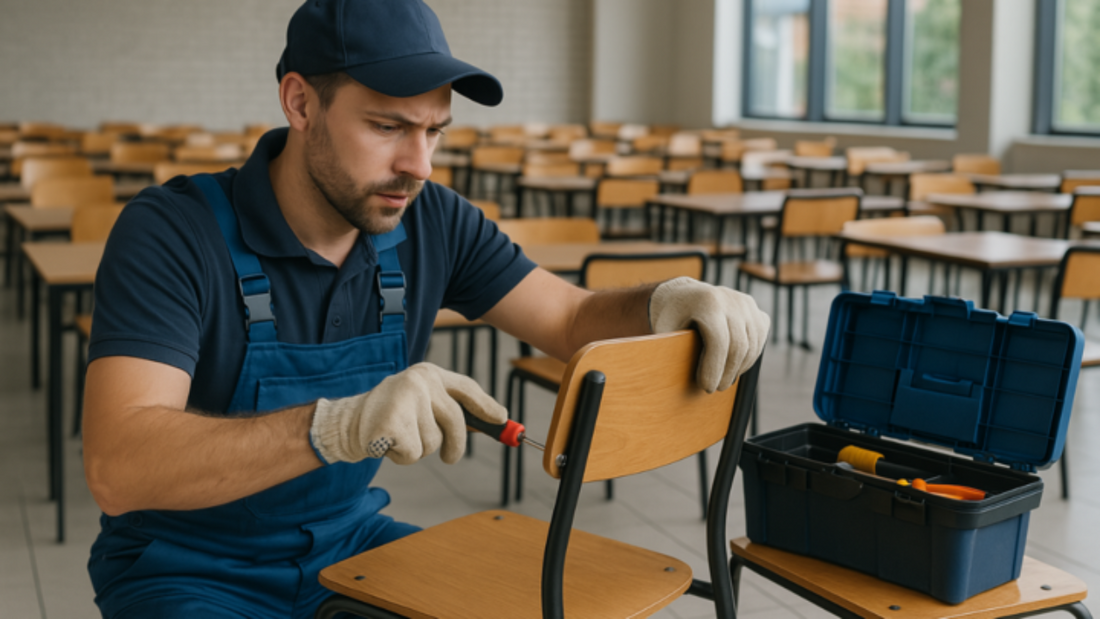
Maintenance Tips for Extending the Life of Cafeteria Chairs
Share
Cafeteria chairs endure a lot. From daily use by students, employees, or customers to occasional spills and rough handling, these pieces of furniture take a beating. Yet, with the right care, you can keep them looking good and functioning well for years.
Proper maintenance not only saves money on replacements but also ensures a clean, welcoming environment. In this guide, we’ll walk you through practical, easy-to-follow maintenance tips for cafeteria chairs that extend their lifespan. Let’s dive in and explore how to protect your investment with simple steps anyone can handle.
Why Chair Maintenance Matters
Before jumping into the how-to, let’s talk about why this matters. Cafeteria chairs are a big part of any dining space. They provide comfort, support, and style. But constant use wears them down fast. Scratches, wobbly legs, and stained seats don’t just look bad—they can also pose safety risks. Regular upkeep prevents small issues from turning into costly repairs. Plus, well-maintained chairs reflect pride in your space, whether it’s a school cafeteria, office break room, or restaurant. Ready to learn how to maintain cafeteria chairs? Here’s what you need to do.
1. Clean Chairs Regularly

Dirt, food crumbs, and spills are the enemies of cafeteria chairs. Cleaning them often keeps grime from building up and damaging surfaces. Start with a simple routine. Wipe down chairs daily with a damp cloth and mild soap. This works for most materials like plastic, metal, or upholstered seats. Avoid harsh chemicals—they can strip finishes or fade colors. For stubborn stains, use a soft brush and a bit of elbow grease.
If your chairs have cushions, vacuum them weekly to remove dust and debris. Regular cleaning isn’t just about looks—it prevents wear and tear over time. Make it a habit, and you’ll see how easy it is to extend the life of cafeteria chairs with this one step.
2. Inspect for Damage

Catching problems early saves you headaches later. Set aside time each month to check your chairs. Look for loose screws, wobbly legs, or cracked frames. These small issues can worsen if ignored. Grab a screwdriver and tighten any loose parts on the spot. For metal chairs, watch for rust spots—sand them lightly and apply a rust-resistant paint to stop the spread.
If a chair’s frame looks bent or a seat is torn, consider repairing it right away. Quick fixes keep chairs safe and usable. Knowing how to care for cafeteria chairs means staying proactive about damage control.
3. Protect Chair Surfaces
 Surfaces take the brunt of daily wear. Scratches on metal or plastic chairs and tears in fabric can make them look old fast. Add some protection to keep them in top shape. For metal or plastic chairs, apply a clear sealant every few months. This creates a barrier against scratches and spills. You can find sealants at any hardware store—just follow the label instructions.
Surfaces take the brunt of daily wear. Scratches on metal or plastic chairs and tears in fabric can make them look old fast. Add some protection to keep them in top shape. For metal or plastic chairs, apply a clear sealant every few months. This creates a barrier against scratches and spills. You can find sealants at any hardware store—just follow the label instructions.
For upholstered chairs, use a fabric protector spray. It repels liquids and makes stains easier to clean. Also, consider chair covers for high-traffic areas. They’re affordable and washable, adding an extra layer of defense. These simple tricks are key to cafeteria chair maintenance tips that work long-term.
4. Manage Weight and Usage
Cafeteria chairs have limits. Overloading them or using them roughly speeds up wear. Check the weight capacity listed by the manufacturer—usually found on a label or in the product manual. Share this info with users if possible, especially in schools or public spaces. Encourage people to sit properly, not lean back on two legs or stack chairs carelessly.
If your cafeteria hosts events with heavy equipment, keep chairs out of the way. Misuse is a silent killer of furniture. Teaching folks how to extend the life of cafeteria chairs through careful use makes a big difference.
5. Store Chairs Properly
Not every chair stays in use all the time. When they’re not needed, store them right to avoid damage. Stackable chairs are common in cafeterias, but don’t pile them too high—stick to the manufacturer’s stacking limit, usually around 5-10 chairs. Too much weight can bend frames or crack seats.
Store extras in a dry, cool place. Moisture leads to rust on metal chairs and mold on fabric ones. Avoid direct sunlight too—it fades colors fast. A little thought about storage goes a long way in maintaining cafeteria chairs for years.
6. Lubricate Moving Parts
Some cafeteria chairs have moving parts, like folding mechanisms or adjustable backs. These can get stiff or squeaky over time. Keep them smooth with a quick lube job. Use a light oil, like WD-40, on hinges or joints every six months. Apply a small amount, wipe off excess, and test the movement.
Don’t overdo it—too much oil attracts dust and grime. This simple step keeps chairs functional and quiet, a must-know for cafeteria chair care tips that boost longevity.
7. Refresh Upholstery When Needed
Fabric seats add comfort but wear out faster than hard surfaces. Food spills, tears, and fading can make them look shabby. Spot-clean stains as they happen, but if the damage is beyond repair, reupholstering might be the answer. You don’t need to replace the whole chair—just the fabric. Local upholstery shops can do this affordably, or you can try a DIY approach with staple guns and fabric from a craft store.
Refreshing upholstery breathes new life into chairs. It’s a smart move for extending the life of cafeteria chairs without breaking the bank.
8. Rotate Chair Usage
Ever notice some chairs get used more than others? Maybe they’re near the food line or by the door. Uneven use wears out certain chairs faster. Mix it up by rotating them around the room every few months. This spreads the wear evenly across your set.
In larger cafeterias, label chairs or sections to track movement. It’s an easy way to ensure all chairs age at the same pace. Rotation is one of those maintenance tips for cafeteria chairs that’s often overlooked but super effective.
9. Train Staff on Maintenance
Your team plays a big role in chair care. Train cafeteria staff to spot issues, clean properly, and handle chairs with care. Show them how to stack chairs safely, report damage, and use the right cleaning supplies. A quick 10-minute session can cover the basics.
Empowered staff become your first line of defense against wear. When everyone knows how to maintain cafeteria chairs, the whole space benefits.
10. Schedule Professional Checkups
Sometimes, you need an expert’s touch. Every year or two, hire a professional to inspect your chairs. They can spot hidden damage, like hairline cracks or weakened welds, that you might miss. Pros can also deep-clean upholstery or refinish scratched surfaces.
Think of it as a tune-up for your furniture. This step isn’t cheap, but it’s worth it for high-value or heavily used chairs. It’s the ultimate way to care for cafeteria chairs and keep them going strong.
Bonus Tip: Choose Durable Chairs from the Start
Prevention beats cure. If you’re buying quality cafe chairs, pick ones built to last. Look for sturdy frames—steel or thick plastic—and high-quality upholstery like vinyl or polyester blends. Check reviews for durability ratings. Spending a bit more upfront reduces maintenance down the road. Durable chairs make all these cafeteria chair maintenance tips even more effective.
Wrapping It Up
Extending the life of cafeteria chairs doesn’t take fancy tools or endless hours. It’s about consistent care and smart habits. Clean them regularly, inspect for damage, protect surfaces, and store them right. Add in proper usage, lubrication, and staff training, and you’ve got a winning plan. These simple maintenance tips not only keep cafeteria chairs in top shape but also ensure compact metal bar stools stay functional, safe, and looking great for years.
FAQ: Common Questions About Chair Lifespan
1. How long do restaurant chairs last?
Restaurant chairs typically last 5-10 years with regular use. Good maintenance can push them past a decade.
2. What is the average lifespan of a chair?
Most chairs last 7-15 years, depending on quality and care. Cheap ones might give out sooner, while sturdy ones hang in longer.
3. How often should chairs be replaced?
Replace chairs every 5-10 years if they’re heavily used or showing major wear. With proper care, you might stretch it further.
4. Do office chairs have a lifespan?
Yes, office chairs usually last 5-10 years. High-end models with good upkeep can hit 15 years or more.

